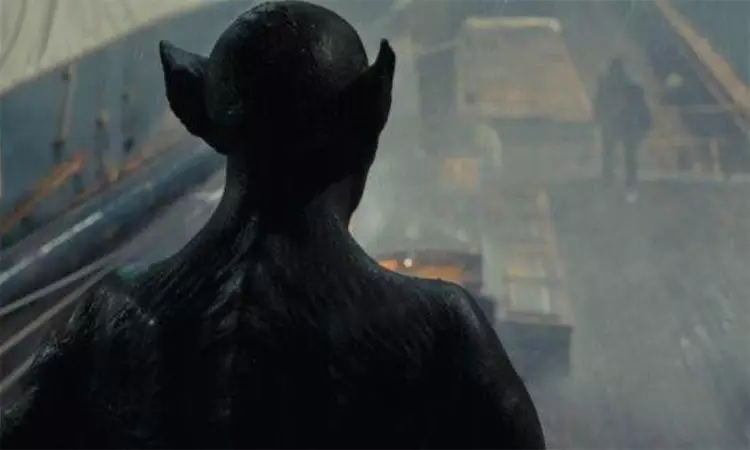André Øvredal’s film, “The Last Voyage of the Demeter,” is an adaptation of a brief but pivotal section from Bram Stoker’s classic novel, “Dracula.” While Stoker’s narrative primarily serves to establish a gothic atmosphere through the voyage of a doomed ship, Øvredal’s adaptation dissects this framework, infusing it with fresh characters and thematic complexity. By focusing on the doomed crew and their encounters with a relentless vampire, the film explores deeper societal issues and personal struggles intertwined with the horrors of the supernatural.
From the outset, “The Last Voyage of the Demeter” immerses the audience in a sense of impending doom. The captain’s morose declaration, “We’re a doomed crew, on a doomed ship,” reflects not only the doomed fate of the ship but also serves as an epitome of nihilistic despair faced by the characters throughout the film. The narrative opens at the end of the journey, underscoring the hopelessness that envelops the crew. This approach cleverly utilizes suspense as a storytelling device; the audience is left to ponder the harrowing details of how the crew met its end, transforming a linear narrative into a nonlinear exploration of fate.
While the original text primarily positions Dracula as a menacing but perhaps charismatic figure, Øvredal’s interpretation returns to earlier cinematic portrayals, reminiscent of F.W. Murnau’s “Nosferatu.” Here, the vampire is less of a seductive force and more of a menacing creature, creating a horrifically oppressive atmosphere within the film. Utilizing gothic tropes combined with horror elements, the film effectively elicits fear akin to watching a horror film set in the desaturating confines of a ship at sea.
Amid the grim narrative, the introduction of Dr. Clemens brings a fresh perspective to the story. Portrayed by Corey Hawkins, Clemens represents change and progress in a historical context rife with racism and limitations based on societal roles. As a Cambridge-educated black scientist, he stands in stark contrast to the predominantly white cast, facing both an external supernatural threat and the subtle societal rejections of his time. This duality embodies the struggle of those seeking acceptance in a prejudiced society and the innate human desire to overcome insurmountable obstacles.
Moreover, new characters like Anna (Aisling Franciosi) and young Toby (Woody Norman) add layers to the collective tragedy of the ship’s crew. Anna, who understands the looming horror all too well, enhances the tension surrounding the crew’s vulnerability. Toby’s inclusion introduces innocent moral dilemmas amidst imminent destruction. His interactions with Clemens, where the latter imparts a lesson on the uncontrollable nature of life, present poignant insights into hope and resilience.
Øvredal’s vision thus transcends simple horror, creating a hybrid of gothic narratives and maritime adventure reminiscent of “Master and Commander.” The film transitions seamlessly between the mundane realities of 19th-century seafaring and horrific fantasy elements that emerge from the depths of the ship. The dynamics aboard the Demeter evoke a sense of claustrophobia intensified by the relentless encroachment of Dracula’s predation.
As each crew member faces their demise “one by one,” the film constructs a tense atmosphere where camaraderie is tested against a backdrop of terror. The ship itself becomes a character in its own right, embodying the weight of maritime history juxtaposed against the supernatural forces threatening to obliterate the very essence of its journey.
“The Last Voyage of the Demeter” endeavors not just to reclaim a section of a beloved classic but aims to recontextualize it for modern audiences. With its critical examination of societal issues, layered characters, and an atmosphere steeped in dread, the film invites viewers to navigate through a narrative of fear while also hinting at the potential for change even in dark circumstances. By writing a new story into the established canon, Øvredal crafts not merely a horror film but a reflection on personal and societal struggles cloaked in dread, ultimately suggesting that all hope is not lost, even on a doomed ship.


Leave a Reply